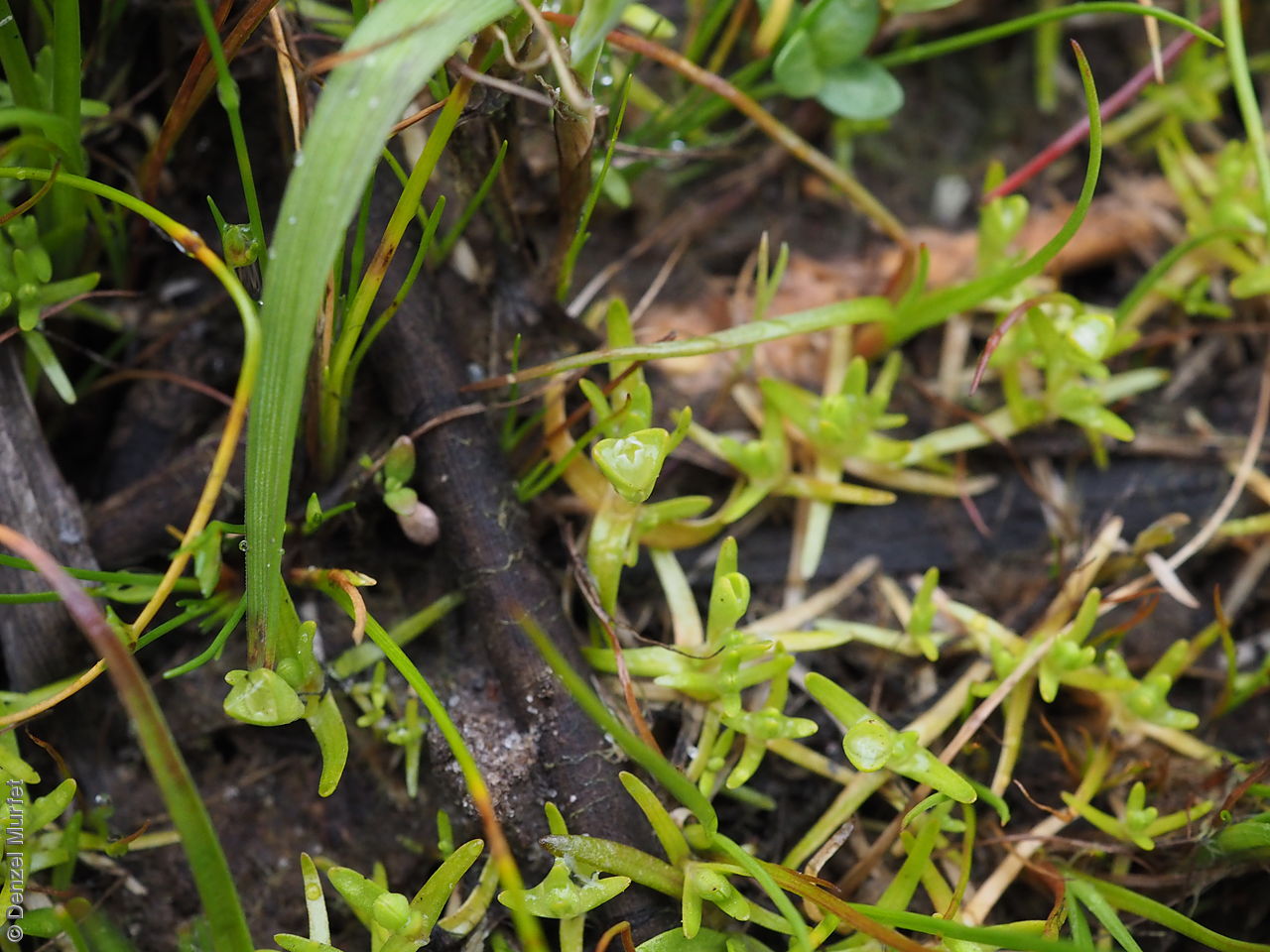
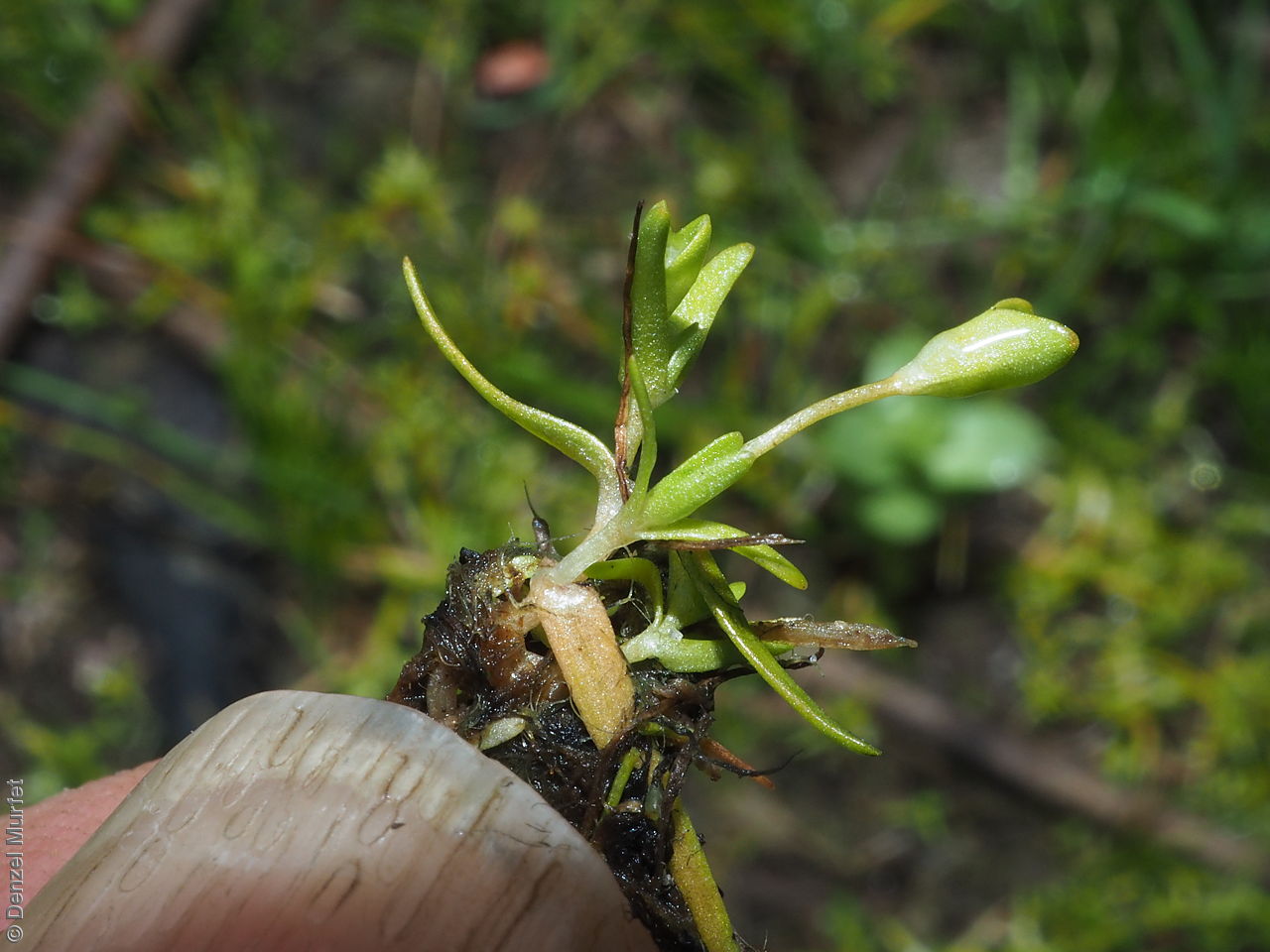
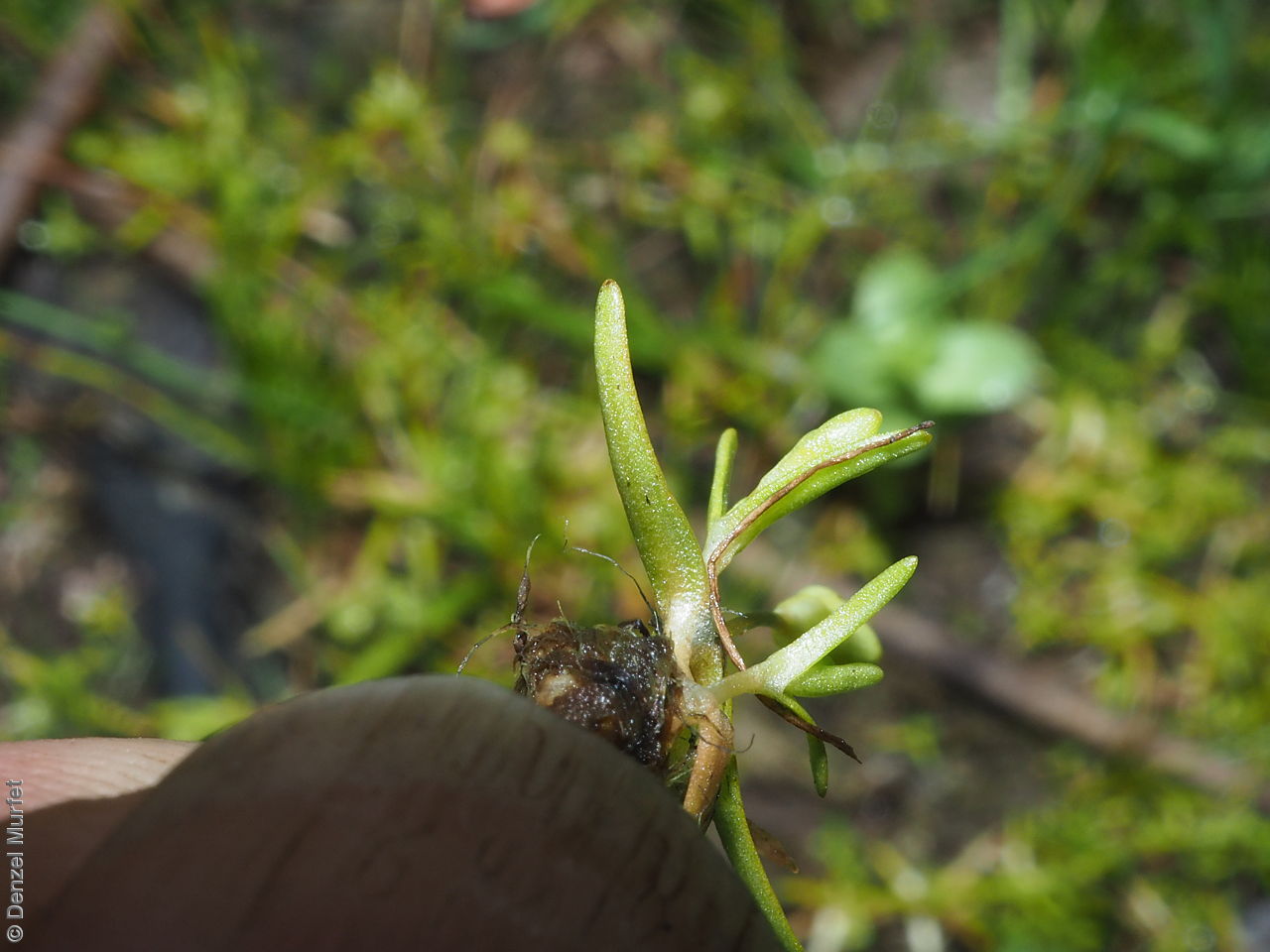
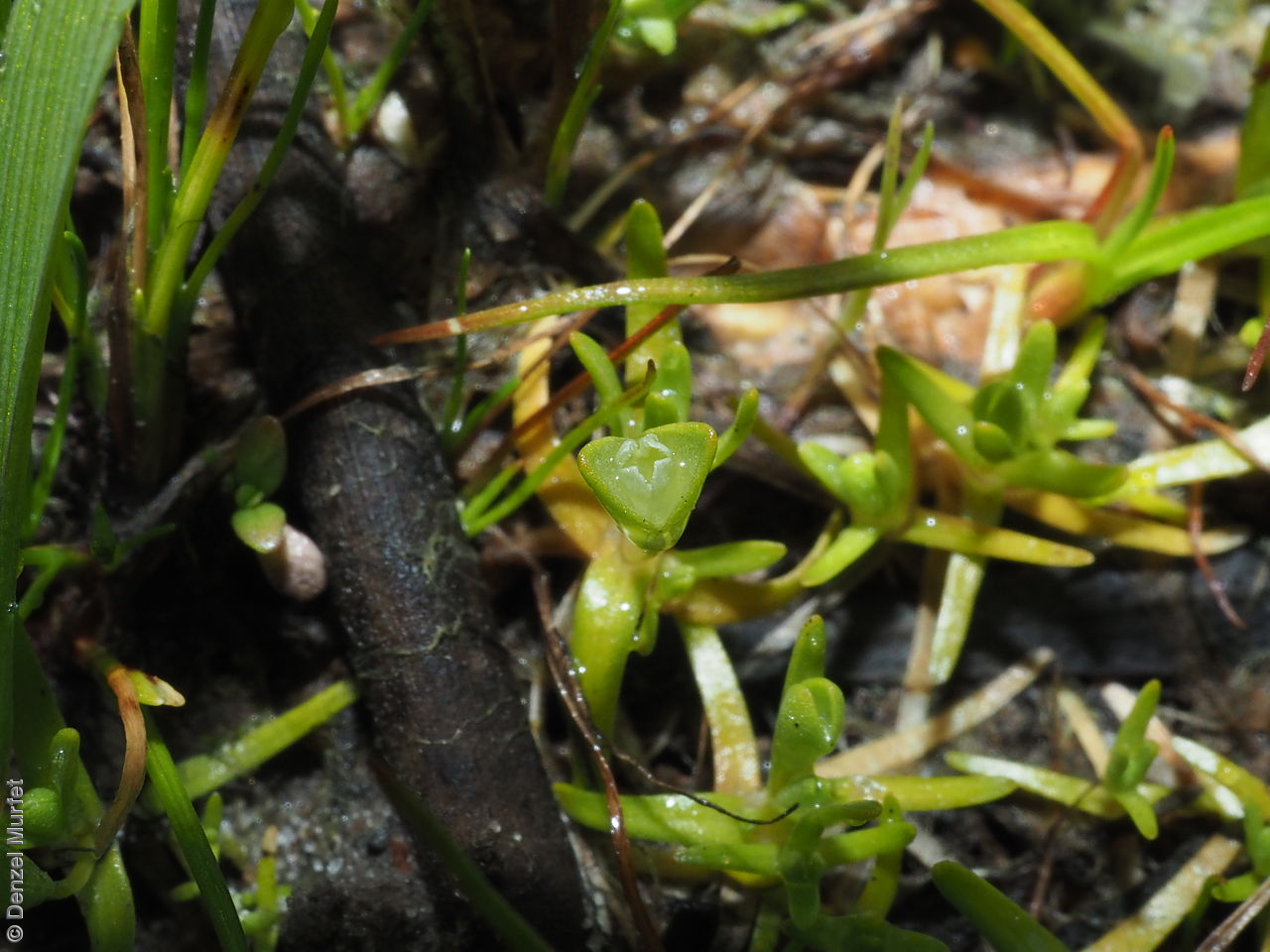
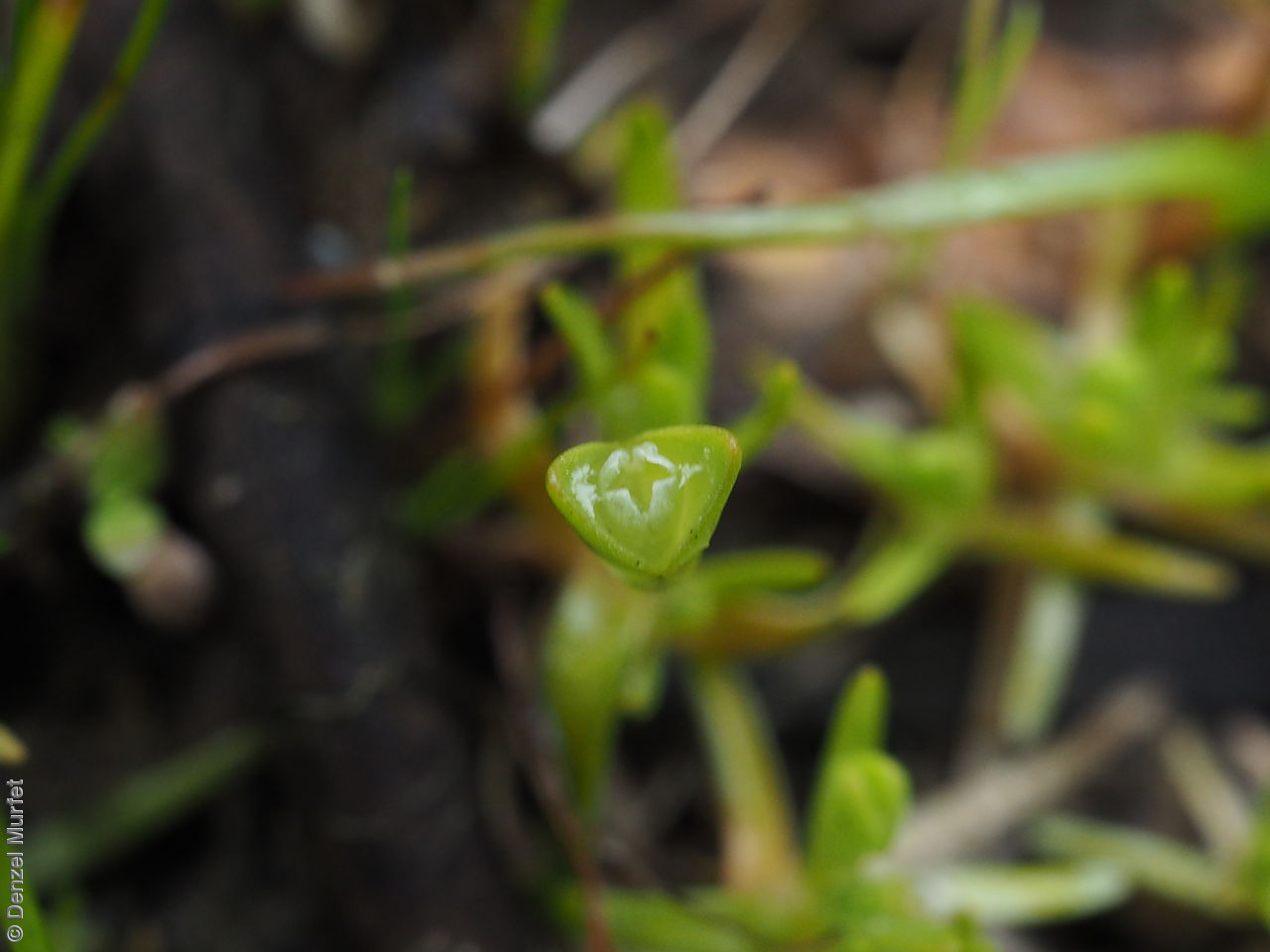
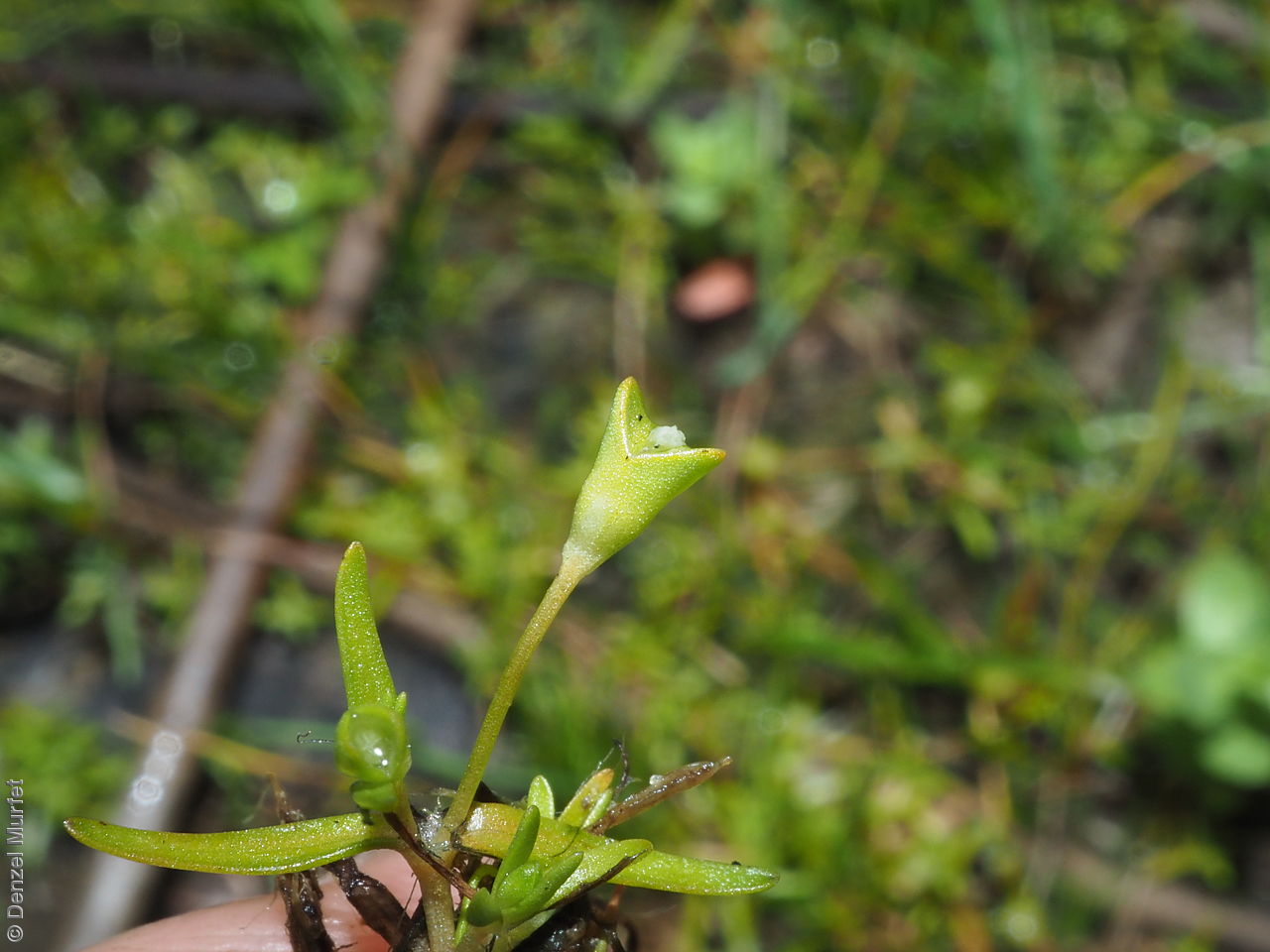
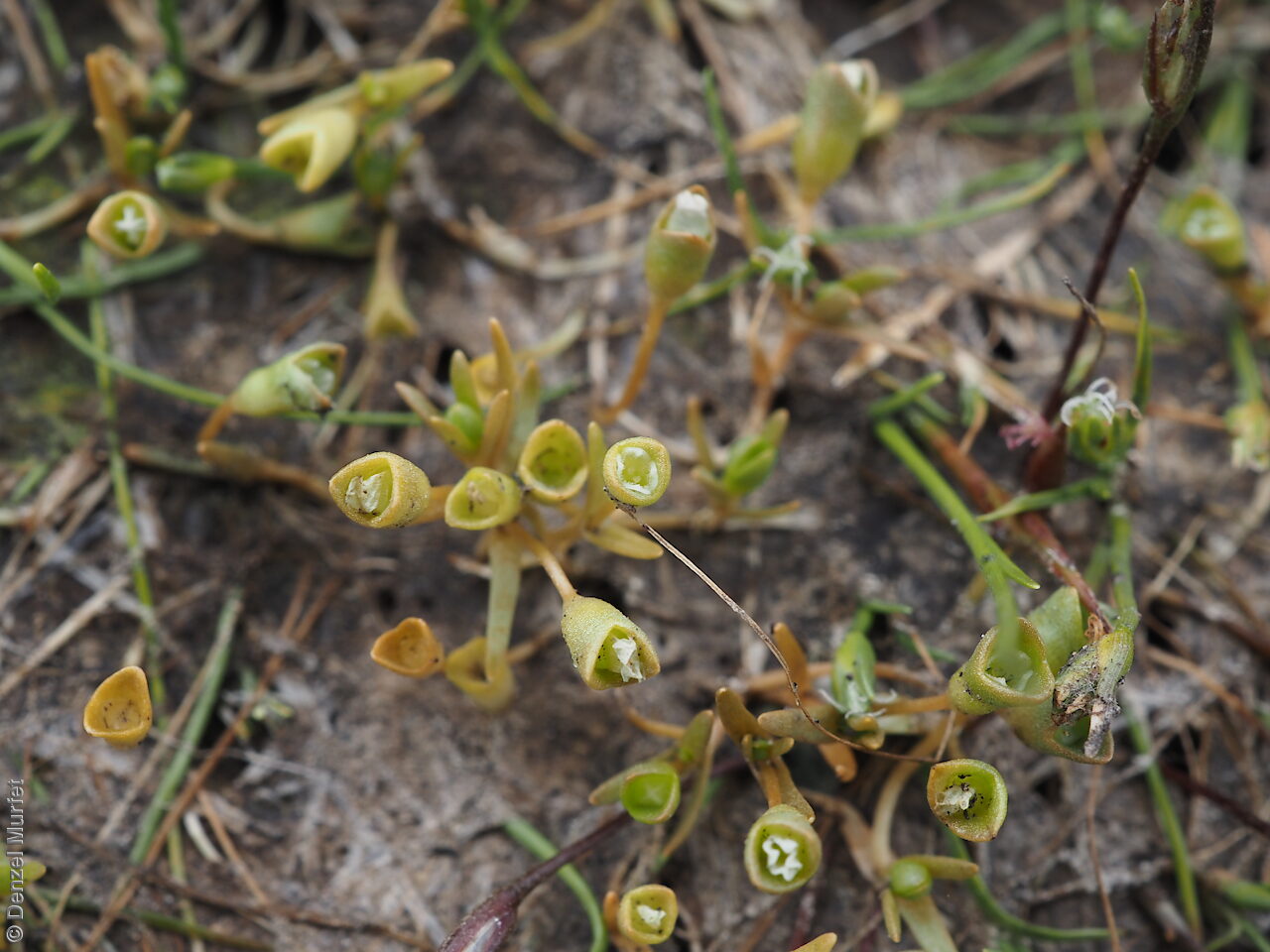
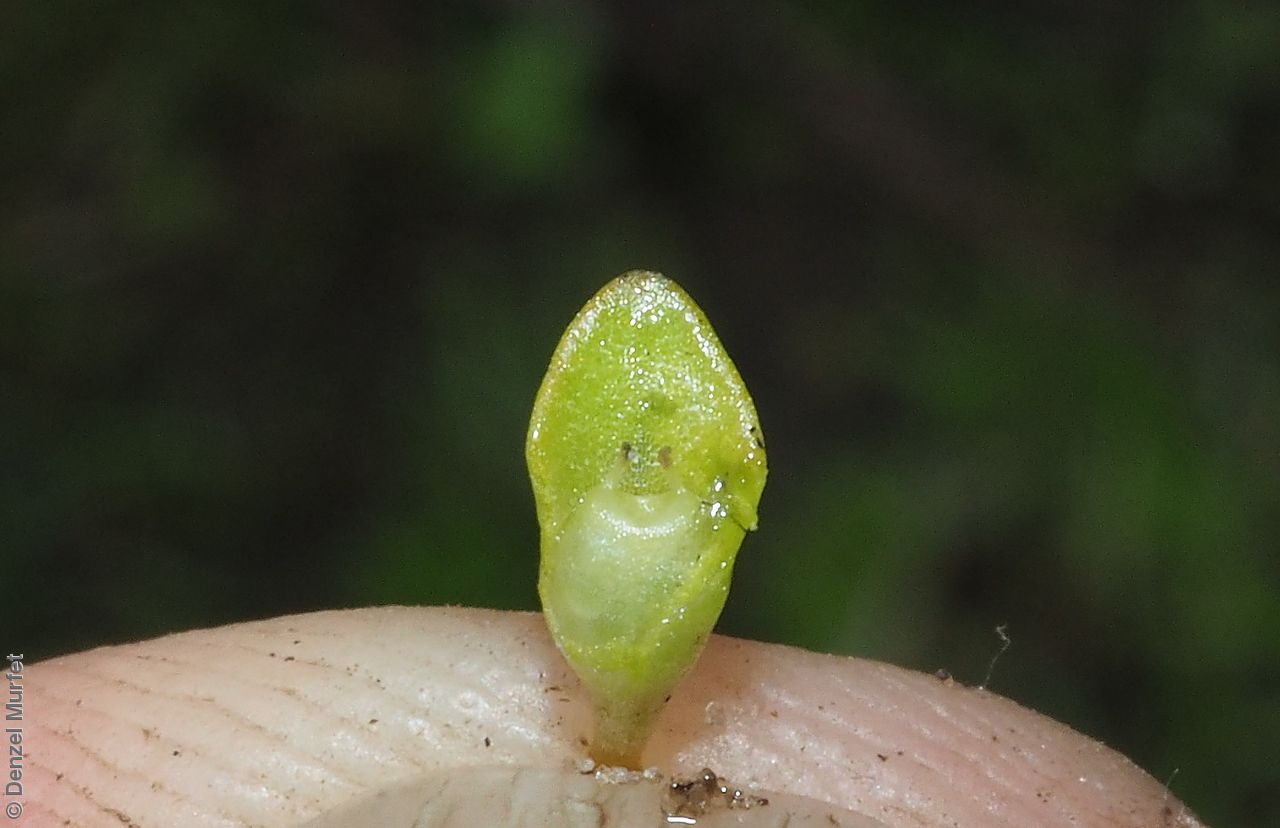
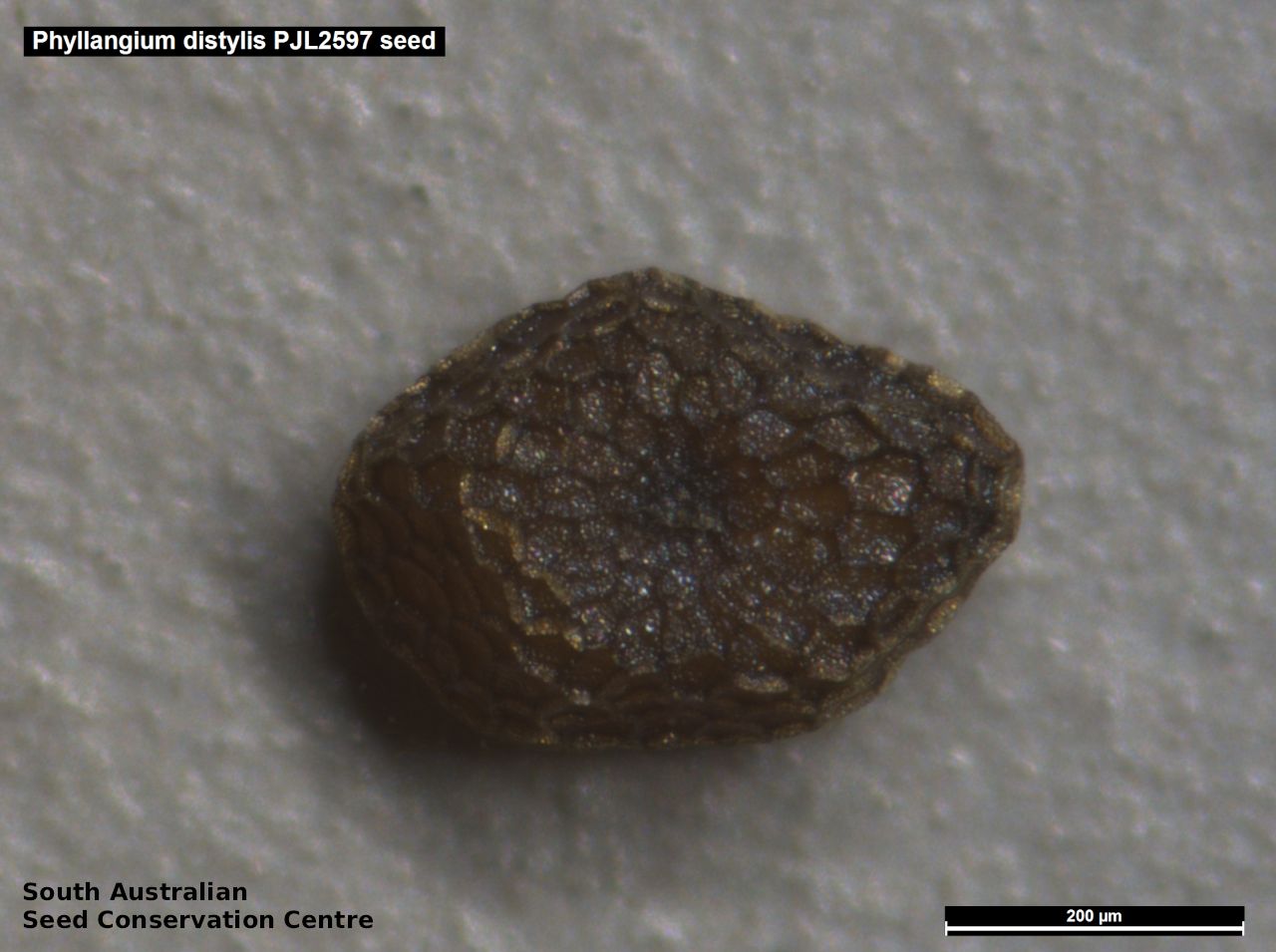
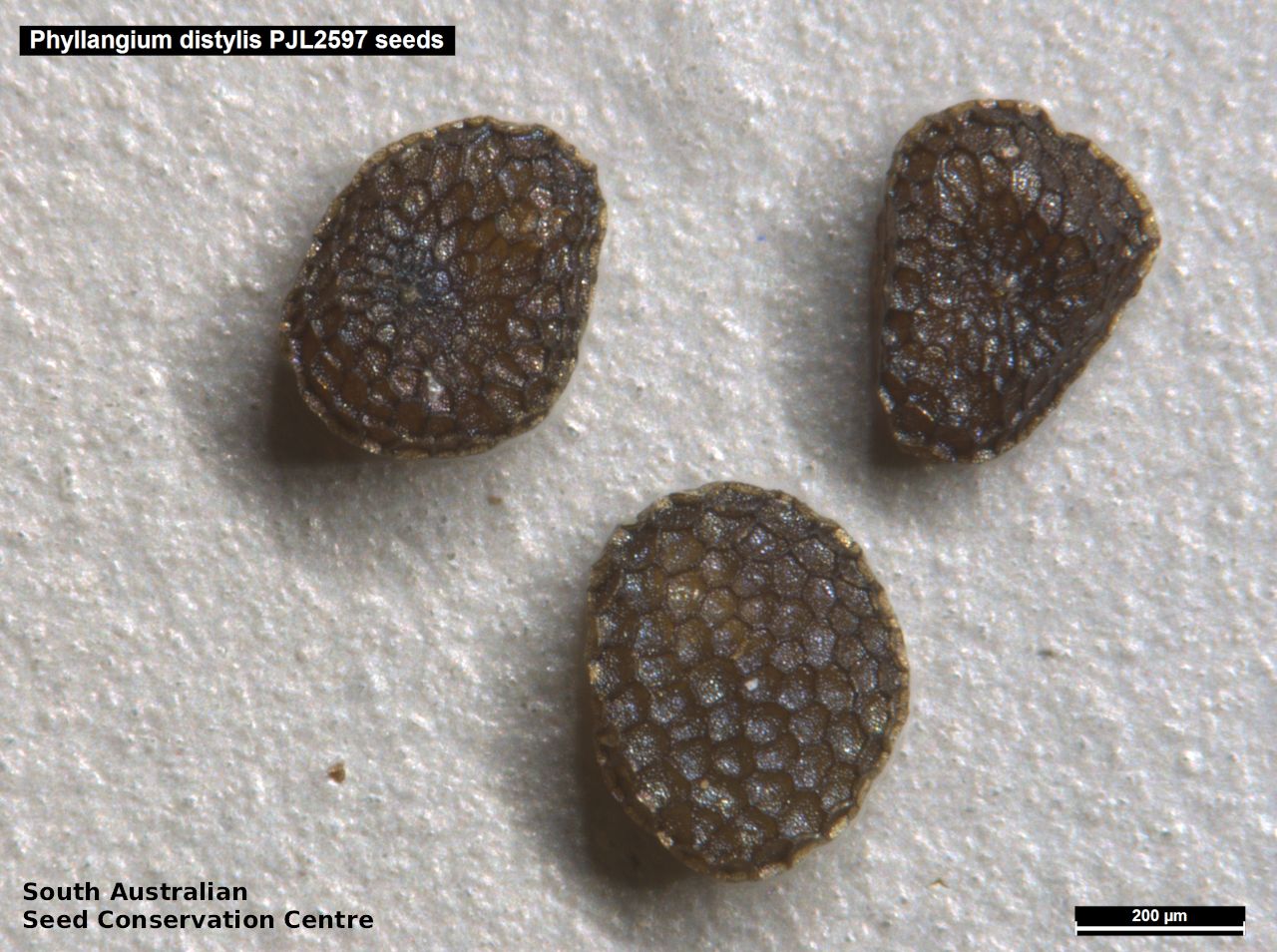

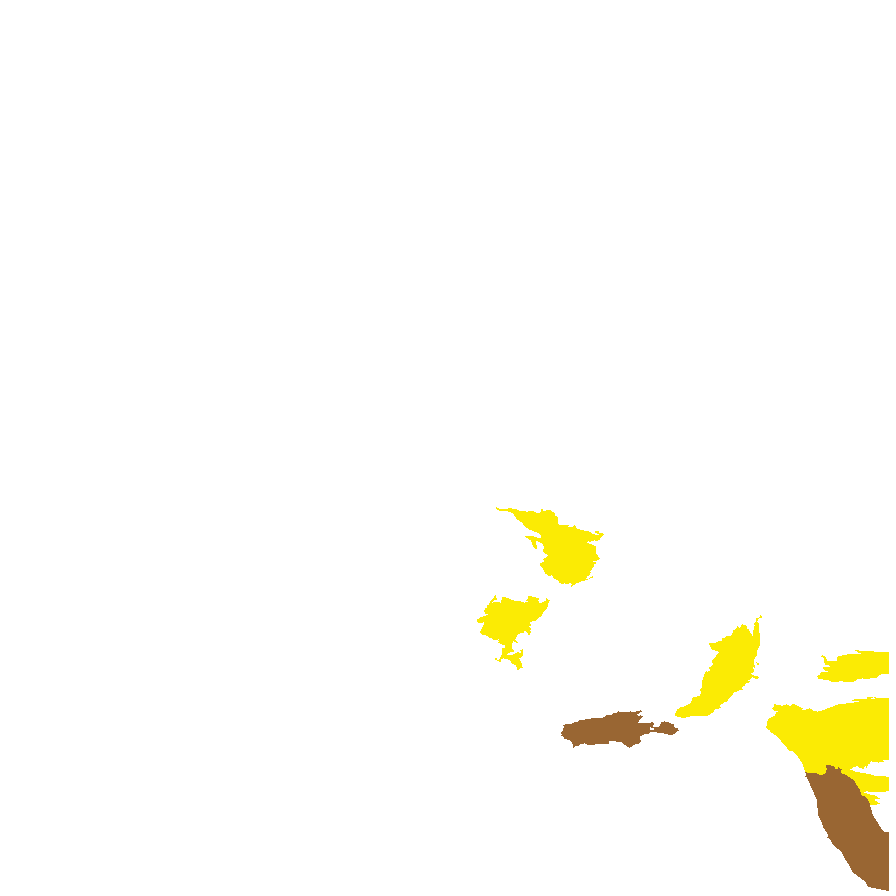
Botanical art
Prior names
Mitrasacme distylis
Etymology
Phylangium from the Greek 'phyllon' meaning a leaf and 'angion' meaning a vessel, referring to the foliate involucre surrounding the flowers. Distylis from the Greek 'di' meaning two and the Latin 'stylus' meaning style, referring to its split styles.
Distribution and status
Found on the Eyre Peninsula, Kangaroo Island, southern Mount Lofty Ranges and the South-east in South Australia, growing in wet sandy flats in open-heath and woodlands and in waterlogged soils or in shallow water. Also found in Victoria and Tasmania. Native. Rare in South Australia. Rare in Tasmania. Common in Victoria.
Herbarium regions: Eyre Peninsula, Murray, Southern Lofty, Kangaroo Island, South Eastern, Green Adelaide
NRM regions: Adelaide and Mount Lofty Ranges, Eyre Peninsula, Kangaroo Island, South Australian Murray-Darling Basin, South East
AVH map: SA distribution map (external link)
Plant description
Tiny erect, slender annual herb to 5 cm high (terrestrial form), or 15 cm high (aquatic form); often aquatic. Leaves linear to very narrowly ovate, to 12 mm long and 1.2 mm wide (aquatic forms filiform to 20 mm long). Inflorescence axillary with tiny solitary flowers on long pedicels to 32 mm. Flowering between October and November. Fruits are pale brown capsule to 2.5 mm long. Seeds are dark brown ovoid seed to 0.45 mm long and 0.4 mm wide, with a reticulate surface. Seed embryo type is linear under-developed.
Seed collection and propagation
Collect seeds between September and November. Collect maturing capsules, those that are fat, turning a straw colour and contain hard brown seeds or collect whole plant with numerous maturing capsules. Place the capsules/stems in a tray and leave to dry for one to two weeks. Then rub the capsules/stems gently by hand or with a rubber bung to dislodge the seeds. Use a sieve to separate the unwanted material. Be very careful as the seeds are very small. Store the seeds with a desiccant such as dried silica beads or dry rice, in an air tight container in a cool and dry place. From two collections, the seed viability was high, at 100%.
| Location | No. of seeds (weight grams) | Number of plants | Date collected | Collection number Collection location | Date stored | % Viability | Storage temperature |
|---|---|---|---|---|---|---|---|
| BGA MSB | 16,000 (0.26 g) 16,000 (0.26 g) | 100+ | 7-Nov-2007 | PJL2597 Kangaroo Island | 19-Sep-2008 | 100% | +5°C, -18°C |
| BGA | 2,600 (0.11 g) | 100+ | 6-Oct-2007 | RJB74677 Southern Lofty | 19-Sep-2008 | 100% | +5°C, -18°C |
| BGA | 29,400 (0.400 g) | 100 | 10-Dec-2020 | DJD3956 Kangaroo Island | 28-Jun-2021 | 100% | -18°C, -80°C |
Number of plants: This is the number of plants from which the seeds were collected.
Collection location: The Herbarium of South Australia's region name.
% Viability: Percentage of filled healthy seeds determined by a cut test or x-ray.